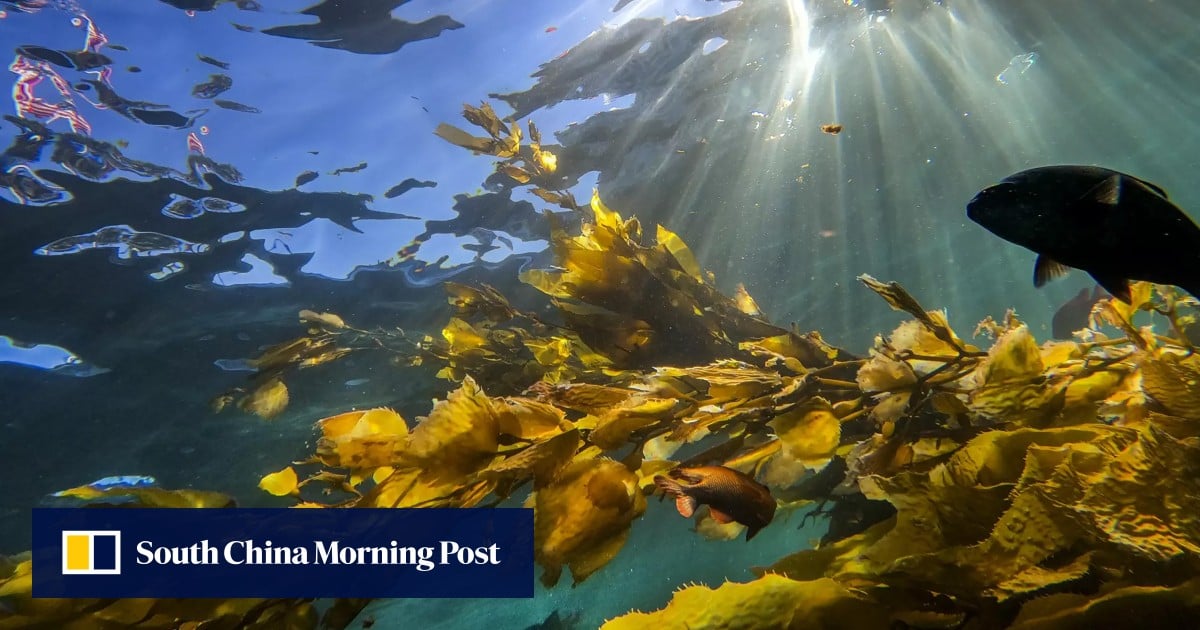
While chlorophyll a is present in both marine and terrestrial environments, chlorophyll b is mostly unique to land-based plants, whereas the c variety is found predominantly in phytoplankton – including diatoms and brown algae.
Two other forms of chlorophyll – d and f – are present in cyanobacteria, which produce energy through photosynthesis.
Chinese scientists hope spinach holds key to treating osteoarthritis
Chinese scientists hope spinach holds key to treating osteoarthritis
The different pigments have their own light absorption spectrums. Chlorophyll c, for instance, can more efficiently absorb the blue-green light of marine environments, and is used by algae like diatoms to carry out photosynthesis.
But while progress in molecular genetics has uncovered the genes necessary for the synthesis of other chlorophylls, the one behind chlorophyll c remained a mystery – nearly 160 years since the pigment was identified.
A major challenge had been the relatively primitive genetic manipulation tools available. Each diatom cell typically has two sets of genomes, making it hard for scientists to disrupt both gene copies simultaneously to test their functions.
Led by Professor Li Xiaobo from the university’s Institute of Biology, they experimented with a species of diatom whose genome was sequenced in 2008.
“Li Xiaobo’s team selected dozens of candidate genes from the diatom and sequentially knocked out its genes based on the differences in expression levels of each under various growth conditions,” a report on the university’s website said last Friday.
Knockout in genomics refers to the targeted removal of specific genes using CRISPR “scissors”, a process that might help scientists understand their functions.
The team eventually identified one gene whose removal resulted in a green outlook, contrasting with the wild-type diatom’s brown appearance.
“Pigment analysis revealed that this gene mutation led to the complete loss of chlorophyll c, showing a significant growth disadvantage under low light conditions,” the university report said.
“Further experiments proved that the enzyme encoded by this gene could directly produce chlorophyll c using common precursors in the chlorophyll synthesis pathway. Thus, it was named chlorophyll c synthase or CHLC for short.”
Chinese team uses algae in seawater battery to produce clean energy
Chinese team uses algae in seawater battery to produce clean energy
Peer-reviewed journal Science published their findings on Thursday. “This is a fascinating article, marking the first record of an enzyme crucial for contemporary aquatic photosynthesis,” commented one reviewer.
As a complex procedure, photosynthesis has yet to be fully understood. Further insights could help scientists replicate the process in animals or improve the survival of sun-loving plants in low light.
For instance, some sea slugs can harness chlorophyll from algae for their own photosynthesis, while a study published in Nature last October said introducing photosynthetic cellular parts into mice could enhance cellular metabolism and slow the ageing process.


